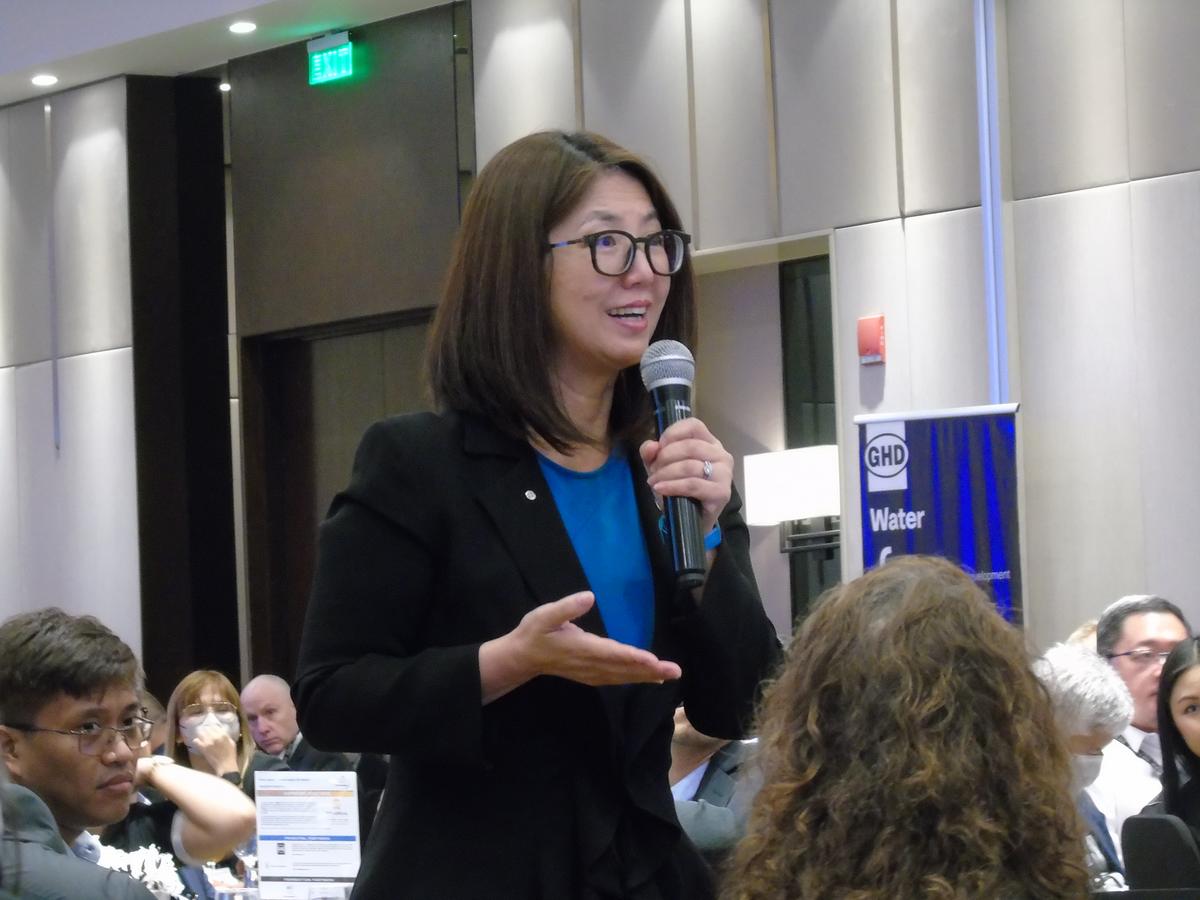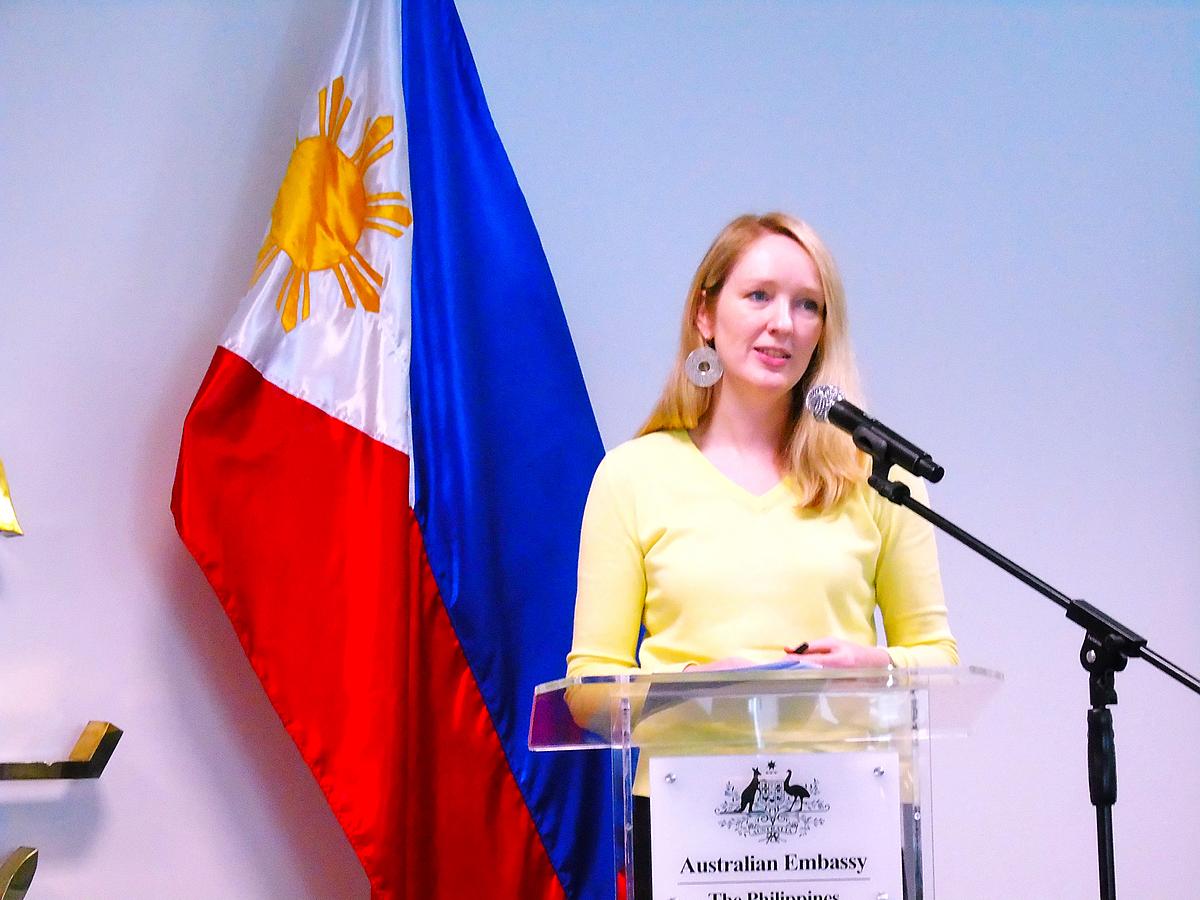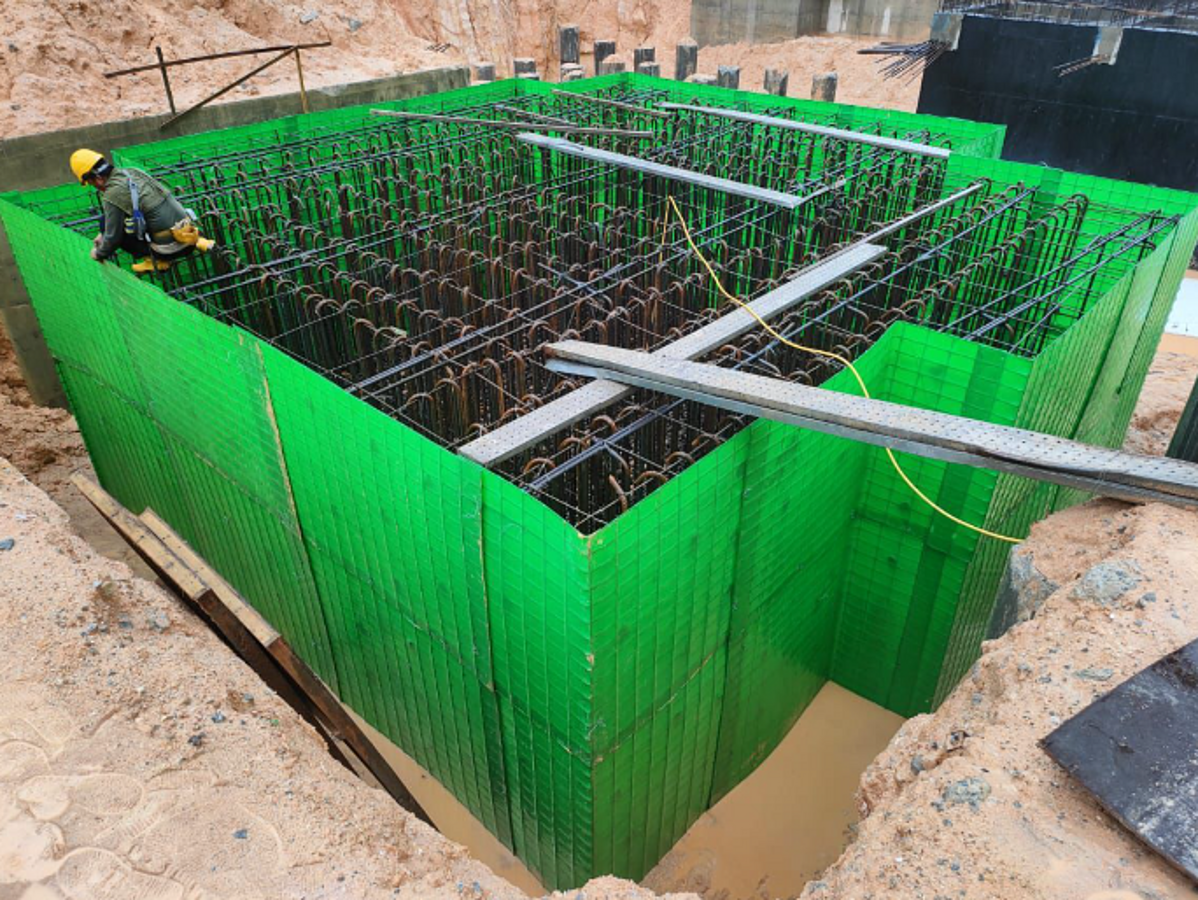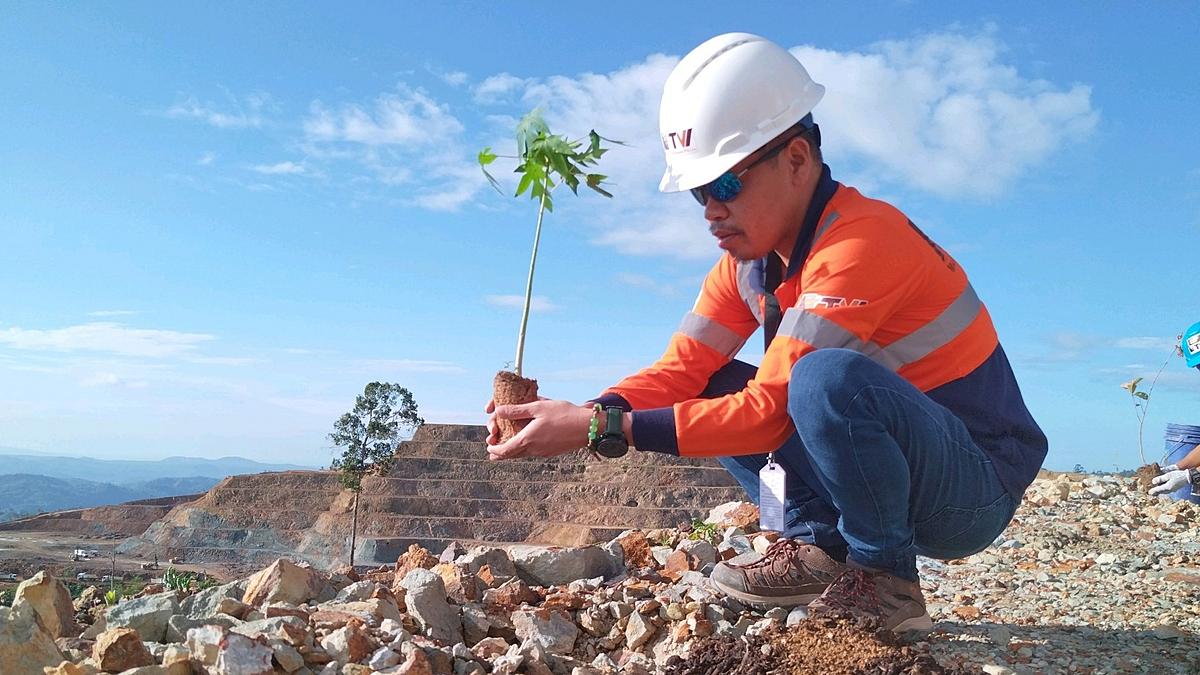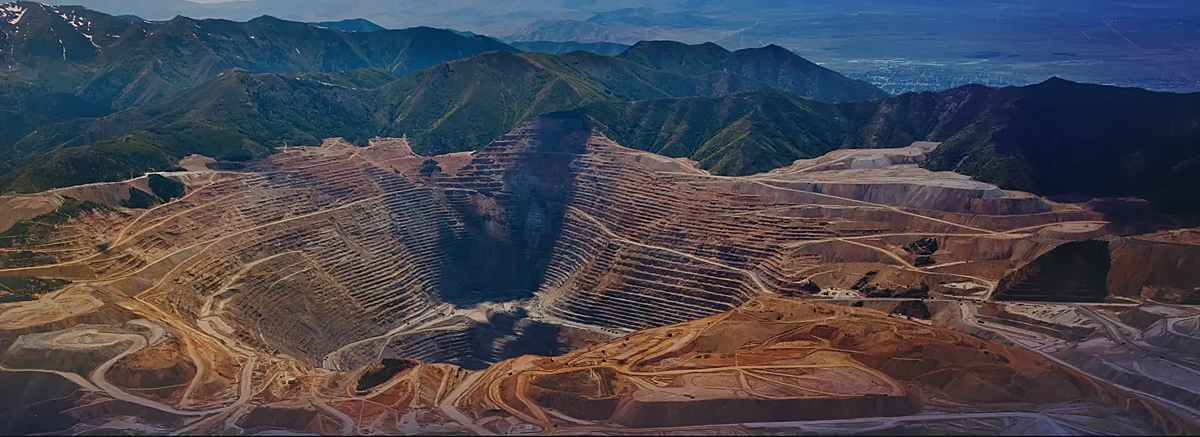Her Excellency Hae Kyong Yu PSM, Australian Ambassador to the Philippines. [Photo by: Marcelle P. Villegas]
---
As the Marcos administration becomes bullish in utilizing a public-private partnership (PPP) model in infrastructure projects, the Australian government will be providing its technical expertise in rolling out infrastructure projects under the PPP.
Australian Ambassador to the Philippines Hae Kyong Yu PSM told the Philippine News Agency in an interview at her residence Wednesday that the embassy will be launching the Partnerships for Infrastructure (P4I) on March 24.
“Infrastructure is a big area that the Philippines is focusing on, and I know President (Ferdinand R.) Marcos (Jr.) has announced that he wants to utilize PPP more where it’s possible. So we are working closely with the Philippine government to share with them how Australia has done it,” Yu said.
P4I is an Australian government initiative that brings together experts from the public and private sectors as well as the academe to help Philippine government agencies involved in infrastructure development in the preparation stage of projects that would be under a PPP model.
“We can help them with all the project preparation stage. How you do actual cost-benefit analysis of potential projects, and then how you prepare documents for possible procurement, tender processes, and things like that,” the envoy cited.
She said that aside from the PPP Center, the P4I also aims to closely work with other agencies including the Department of Transportation, the Department of Energy, the Department of Finance, and the National Economic and Development Authority (NEDA), among others.
Yu added that the Australian government will be closely working with the administration through the P4I in meeting its diverse infrastructure requirements, including roads, transport, energy, and public investment management.
The Australian envoy said a number of Australian companies have been involved in infrastructure projects in the country.
Early this month, NEDA Secretary Arsenio Balisacan announced that the NEDA Board approved PHP9 trillion worth of flagship infrastructure projects, with 45 of these projects possibly being funded through PPPs.
“The government shall harness the financial and technical resources of the private sector, which allows the public sector to allocate its funds for greater investment in human capital development, especially to address the scarring in health and education due to the pandemic, and provided targeted assistance that protects vulnerable sectors from economic shocks,” Balisacan had said. By Kris Crismundo
Article courtesy of the Philippine News Agency

